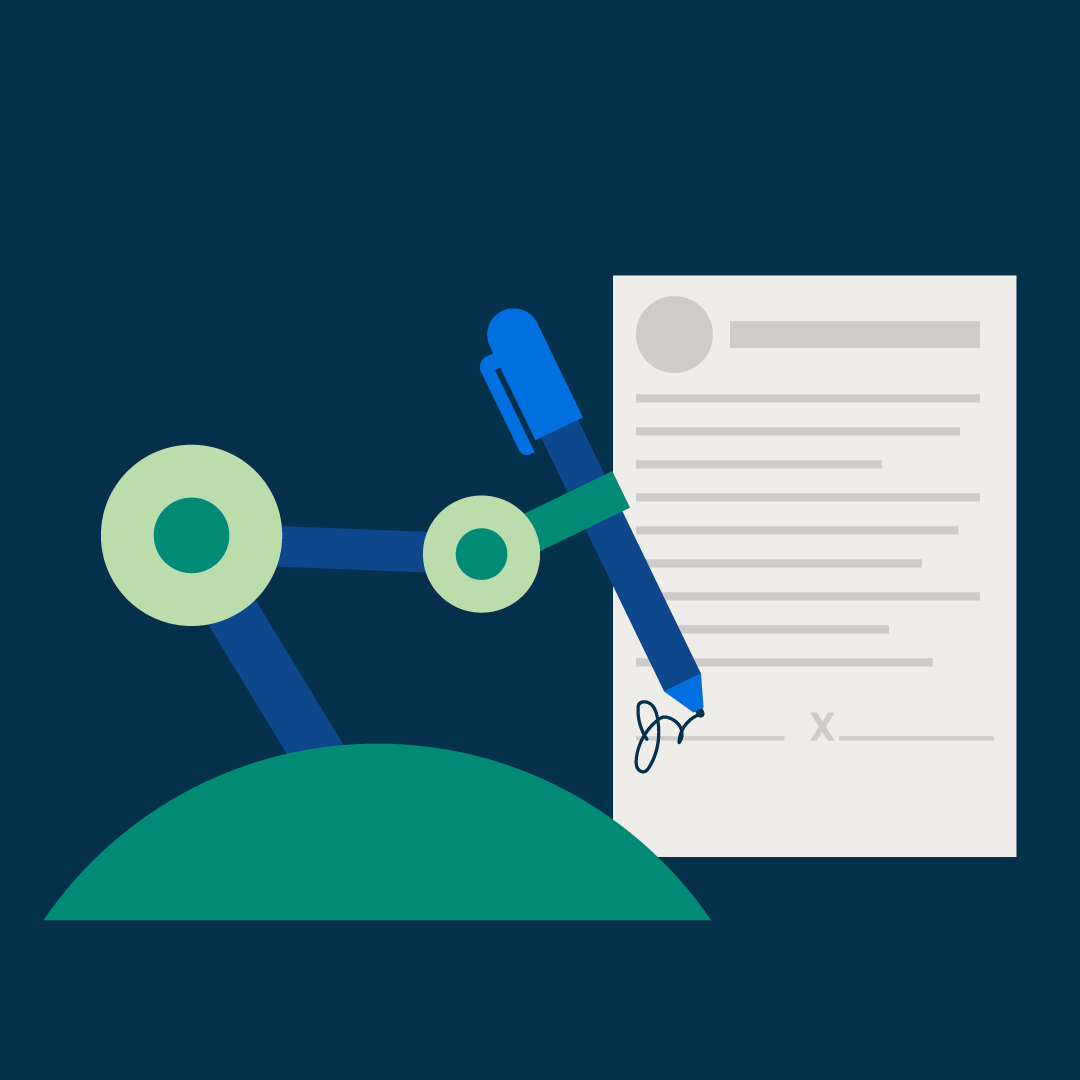Personal harm techniques run on precision, rate, and trust. Instances collection up. Evidence changes hands. Deadlines strategy fast. The top platforms for creating detailed injury event timelines can support you cut through the noise, lower administrative move, and emphasis on what benefits cases: technique and advocacy. In this information, you'll learn precisely how to implement AI across absorption, research, creating, finding, and customer service—so you may offer better outcomes with fewer bottlenecks.

Construct a high-converting intake pipeline
Intake is wherever you collection the tone. AI-powered types and triage techniques can rating leads based on harm form, area, and possible price, then course competent matters to your team. For firms that receive large contact quantity, speech-to-text engineering changes noted calls into searchable transcripts within minutes. That makes it simple to validate details, flag red banners, and develop a apparent situation summary before the first consult.
Idea: Create standardized consumption prompts—day, liability facts, medical treatment to date, insurance info. Train your AI assistant on this design so every transcript becomes a structured consumption record automatically.
Accelerate evidence series and event building
Time kills price in PI. Use pc vision to analyze images of accident scenes or defective products for influence sides, skid scars, or missing protection features. Combine that with OCR to acquire data from police studies, medical files, and invoices. With all documents digitized, AI can area inconsistencies between witness statements and documents, helping you place causation holes early.
Example: After uploading ER records and imaging reports, set rules to hole terms like prior harm, degenerative, or non-compliant with therapy. Early signals guide your technique and client coaching.
Draft stronger need offers in less time
Well-structured requirements pay dividends. Use AI to put together a chronology from files, calculate specials, and place jurisdiction-specific details from your short bank. You may then target infuriating factors—pain levels, overlooked work, future care—using client-specific knowledge as opposed to common narratives.
Tip: Construct a checklist for your secretary to validate every attachment: billing ledger, CPT requirements, proof of lost wages, photographs, therapy plan. Reliability enhances credibility with adjusters.
Acquire finding and deposition cooking
Discovery swallows time. Let AI group documents by theme—liability, injuries, coverage— and auto-summarize long production sets. For depositions, create issue traces associated with documents, with page–line details drawn from transcripts. You stay static in get a grip on, while the system grips the major lifting.
Example: Give the program prior depo transcripts and question for impeachment options marked to exhibits. You'll enter the room with targeted lines of asking ready.
Check deadlines and conformity with full confidence
Missed deadlines are malpractice risk. Calendar automation driven by principle pieces can assess response days, SOLs, and specialist disclosure cutoffs based on filing events. Pair that with alert tiers—e-mail at 14 times, SMS at 3 days, app notice day-of—to make sure nothing slips.
Suggestion: Run a weekly risk report that lists matters with incomplete documents, unsigned authorizations, or late service requests. Shut spaces before they become delays.
Raise client interaction and satisfaction
Customers need clarity. AI-driven message can convert legal revisions into plain language and multilingual summaries. Feeling analysis helps you detect stress early and step in with a personal call. Computerized check-ins following key milestones— MRI planned, demand sent, mediation set—minimize inbound status calls and construct trust.
Case: Following sending a demand, routine a client-facing overview describing timelines, probable next steps, and common discussion patterns. Transparency reduces panic and increases reviews.
Track efficiency to remain ahead
Data converts guesses into strategy. Use AI dashboards to visualize pattern time from absorption to demand, average offer vs. settlement by company, and write-down prices by provider. Place which sites negotiate quicker, which adjusters undervalue specific claims, and where bottlenecks occur.
Idea: Set quarterly benchmarks—days to records, time and energy to demand, settlement-to-offer ratios— and let the body attentive you when metrics drift.

Streamlining a PI practice is not about exchanging lawyers; it's about eliminating friction from everything about the lawyering. Start by automating one workflow—consumption summaries or need assembly—then expand to finding and communications. The compounding impact is actual: faster documents, cleaner instances, and more time and energy to advocate. If you are ready to update your training, map one process today and put in the AI support to produce it effortless.
